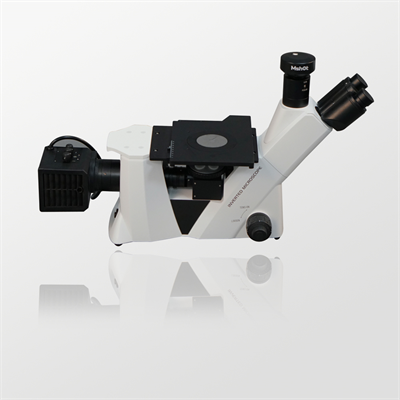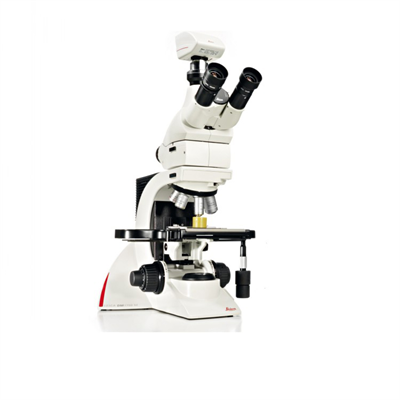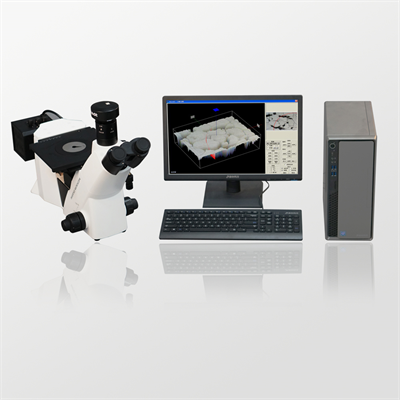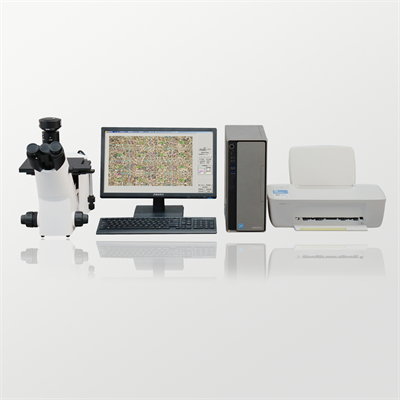Datos técnicos de microscopia de fluorescencia
El microscopio de fluorescencia de la serie ZYF es una herramienta utilizada en citología de detección, parasitología, oncología, inmunología, ingeniería genética, microbiología industrial, botánica y otros campos. Es una especie de microscopio óptico. Además de tener la estructura básica y la amplificación óptica de un microscopio óptico, basado en las características de la fluorescencia, también tiene los siguientes buenos requisitos funcionales. El microscopio es un instrumento de detección eficaz. Una breve introducción al principio del microscopio de fluorescencia invertido ZYF-700 y el microscopio de fluorescencia vertical ZYF-1000E es conveniente para que todos elijan. La composición del microscopio de fluorescencia
es la misma que la de un microscopio ordinario, que incluye principalmente tres partes: parte mecánica, parte de iluminación y parte óptica. La composición del microscopio invertido es la misma que la de un microscopio vertical ordinario, excepto que la lente del objetivo está al revés con del sistema de iluminación. El primero está debajo del escenario y el segundo encima del escenario. Esta configuración permite ampliar significativamente la distancia efectiva entre el sistema de condensador de iluminación y el escenario, lo que facilita la colocación de instrumentos más gruesos a observar como placas de Petri y botellas de cultivo celular (por supuesto, portaobjetos, etc.), mientras que la distancia de trabajo entre la lente objetivo y el material no necesita ser grande. Los microscopios de fluorescencia de la serie
ZYF se utilizan para estudiar la absorción, transporte, distribución y localización de sustancias químicas en las células. Para el objeto a inspeccionar, hay dos formas de generar fluorescencia: autofluorescencia, que emite fluorescencia directamente después de la irradiación ultravioleta; fluorescencia de excitación, después de que el objeto a observar ha sido tratado con tintes fluorescentes, solo puede emitir fluorescencia después de la irradiación ultravioleta. Algunas sustancias en las células, como la clorofila, producen fluorescencia espontánea después de ser irradiadas por rayos ultravioleta; otras sustancias no pueden fluorescerse, pero si están teñidas con tintes fluorescentes o anticuerpos fluorescentes, también pueden emitir fluorescencia de excitación después de la irradiación ultravioleta. El microscopio de fluorescencia invertida ZYF-700E utiliza una fuente de luz puntual con de alta eficiencia luminosa para emitir luz de una cierta longitud de onda a través de un sistema de filtro de color (luz ultravioleta 320 ~ 380nm longitud de onda de emisión: 435nm o luz azul violeta 450 ~ 490nm longitud de onda de emisión: 515nm) como luz de excitación, las sustancias fluorescentes en el espécimen de excitación emiten fluorescencia de varios colores y luego observan a través del aumento de la lente del objetivo y la lente del objetivo.
 Habilidades de microscopio en detalle: desde aplicaciones bá
Habilidades de microscopio en detalle: desde aplicaciones bá
 Un análisis completo de los principios de imagen y habilidad
Un análisis completo de los principios de imagen y habilidad
 Explicación Detallada De Las Características De Imágenes Del
Explicación Detallada De Las Características De Imágenes Del
 ¡Aquí hay 20 trivias que no sabías sobre los microscopios!
¡Aquí hay 20 trivias que no sabías sobre los microscopios!
